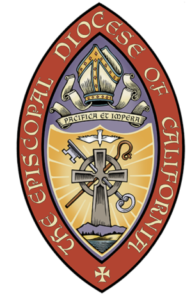
Governance

About Our Governance
The Episcopal Church was formally organized in Philadelphia in 1789, in the same building (Independence Hall) and same year the United States Constitution was ratified. The Episcopal Church has a representative governing structure similar to that of the U.S., and it relies on democratic participation by its clergy and lay members.
As in other Episcopal dioceses, we hold Conventions (Special and Annual) to elect our bishop, choose members of our Standing Committee, adopt resolutions, and amend the constitutions and canons that govern our congregations.
When you take part in the life of an Episcopal church, you will encounter many opportunities to participate in church governance. To learn more, simply reach out to a clergy member or lay leader at any of our churches.
The Executive Council serves as our board of directors. Its duties include assisting Diocesan Convention in the implementation of budgets, policies, and programs.
Our congregations are organized into six deaneries (jurisdictions): San Francisco, Alameda, S. Alameda, Contra Costa, Marin, and the Peninsula.
The Standing Committee advises the bishop on a variety of ecclesiastic and temporal matters. It is comprised of four clergy members and four lay members elected by Diocesan Convention.
The Episcopal Church is governed by a bicameral General Convention, which meets every three years. Our bishop votes with the House of Bishops. Our elected diocesan delegation votes with the House of Deputies.







